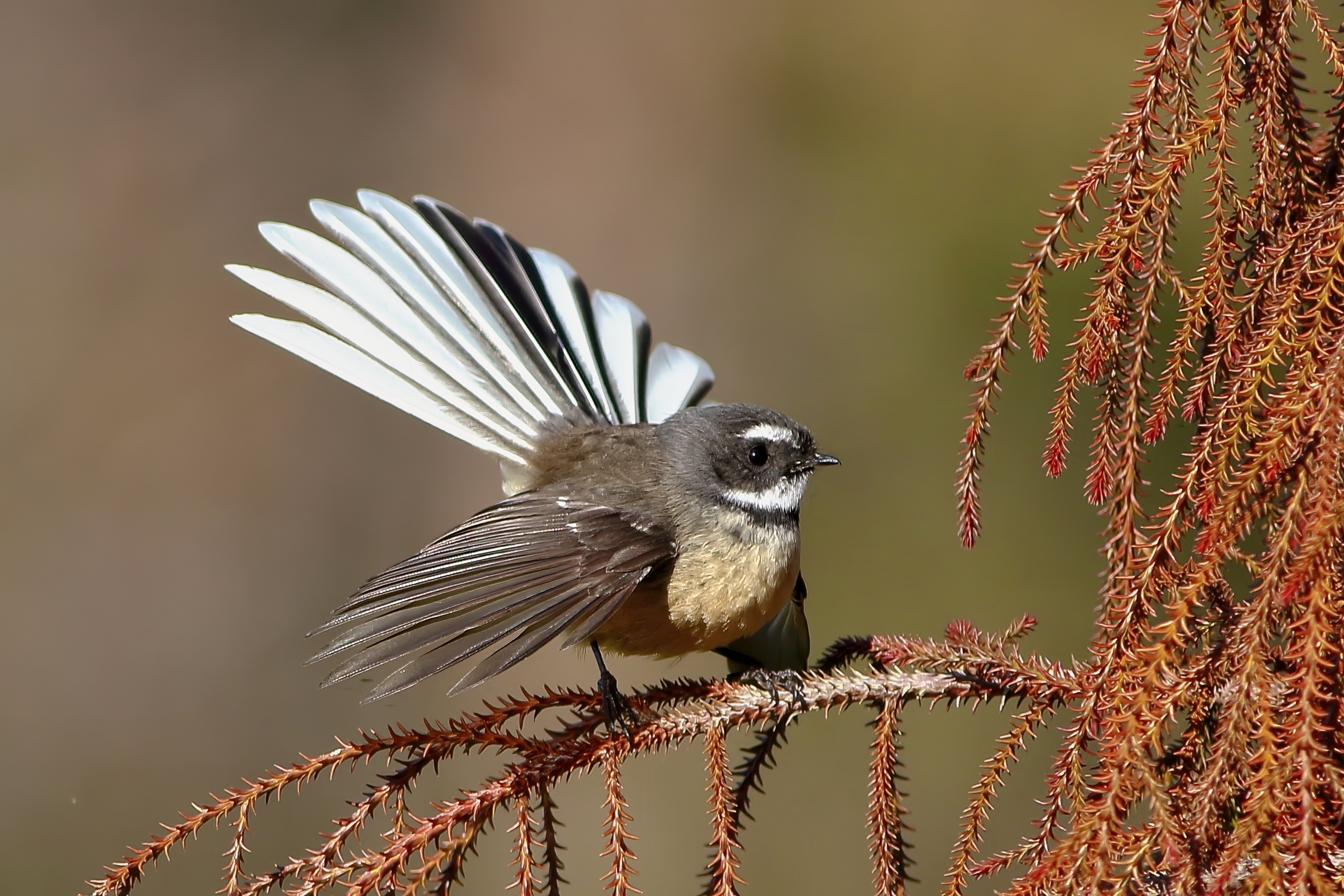
Piwakawaka / Fantail
A loud, friendly little bird named in English for its bold black and white tail and in Maori for its squeaky call. Can be found all over NZ, even close to urban settlements.
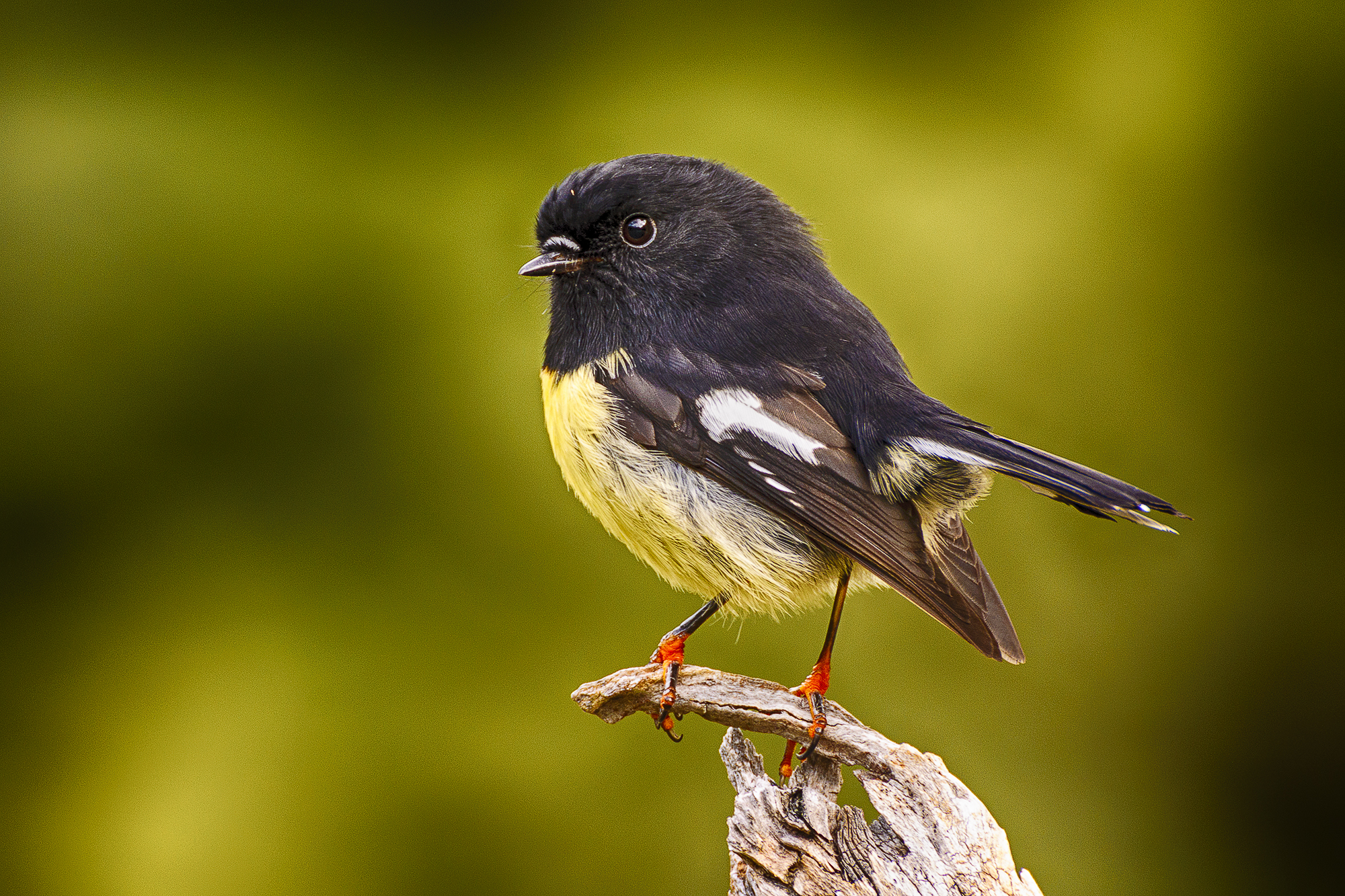
Miromiro / Tomtit
A small elusive bird similar to a robin, that lives in forest and shrubland.
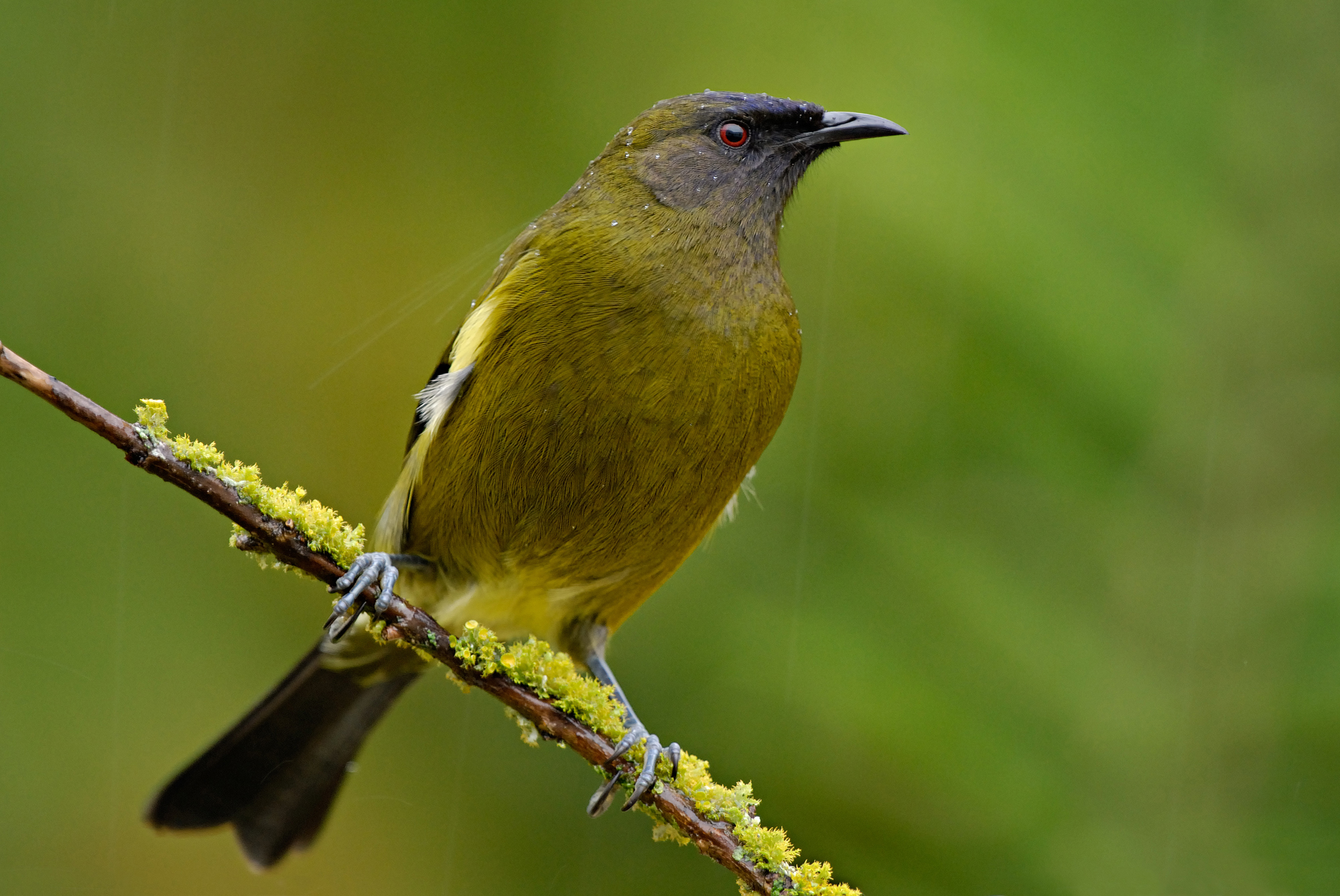
Korimako / Bellbird
A "honeyeater" that survives on plant nectar, the bellbird was named for its distinctive, bell-like song that rings out across NZ's forests. Click here to hear it.
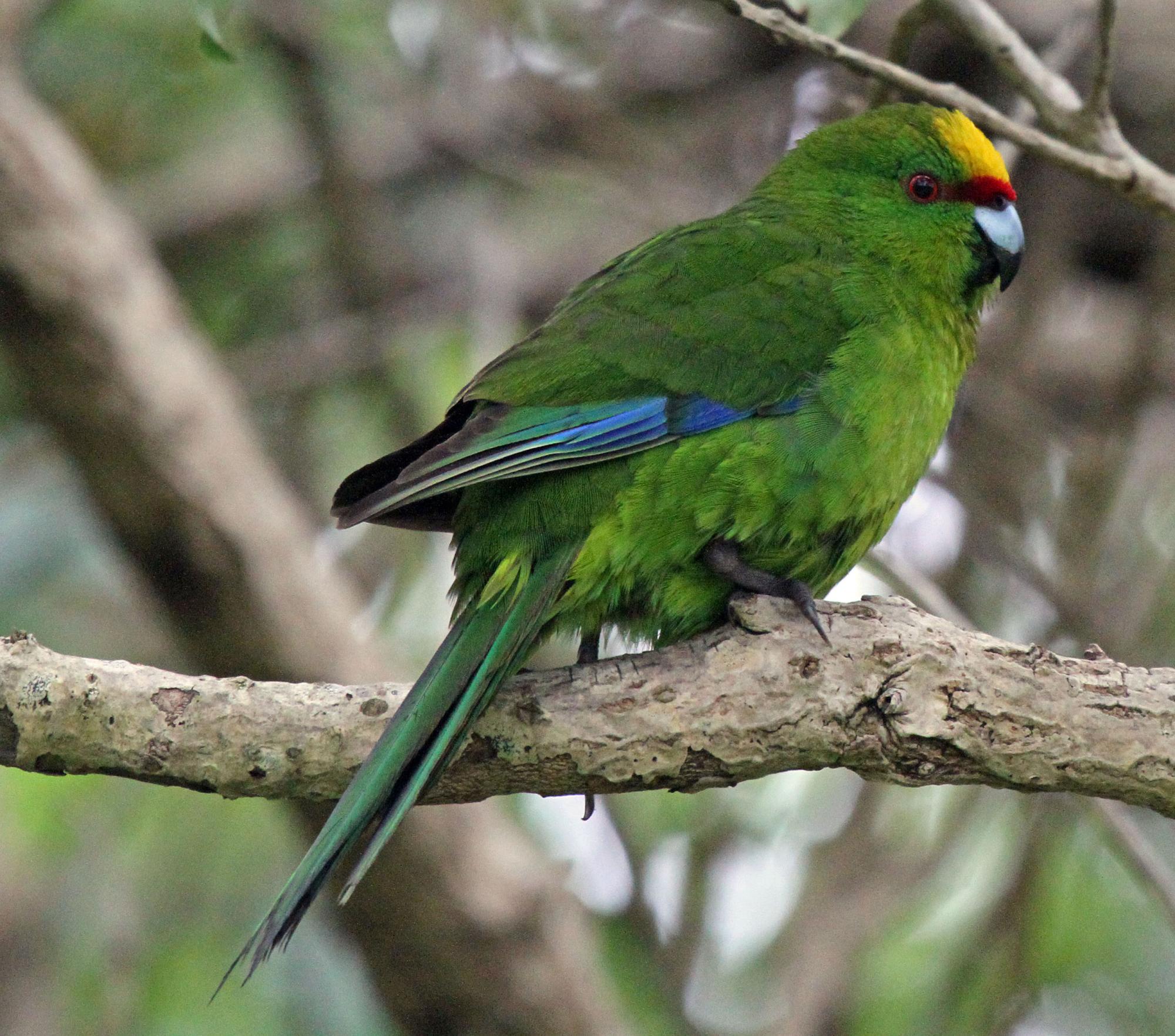
Kakariki
This maori name covers both the yellow-crowned and red-crowned parakeet, both rare green parrots living high in the forest canopy.
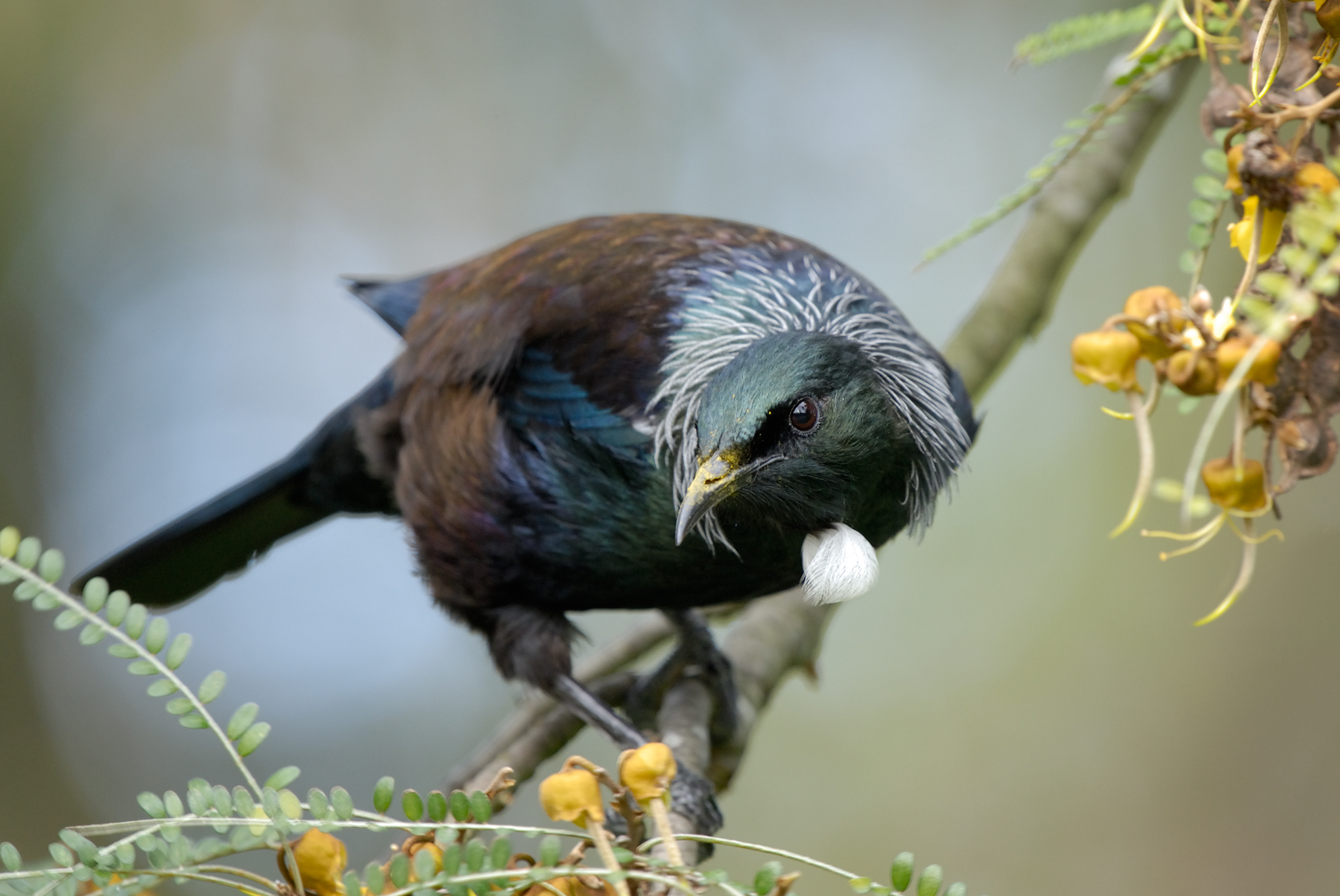
Tui
A dark iridescent-coloured bird with a distinctive white protrusion on their necks, tui are incredibly local birds. Now quite common even in urban areas, they've learnt to mimic car alarms and ringtones!
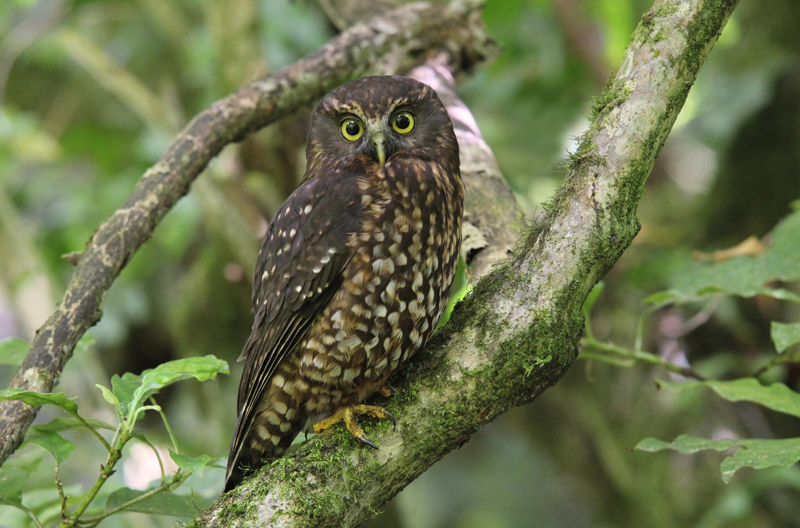
Ruru / Morepork
New Zealand's only native owl, the morepork was also named for its call, which sounds like the words "more pork". Like other owls, it hunts at night.
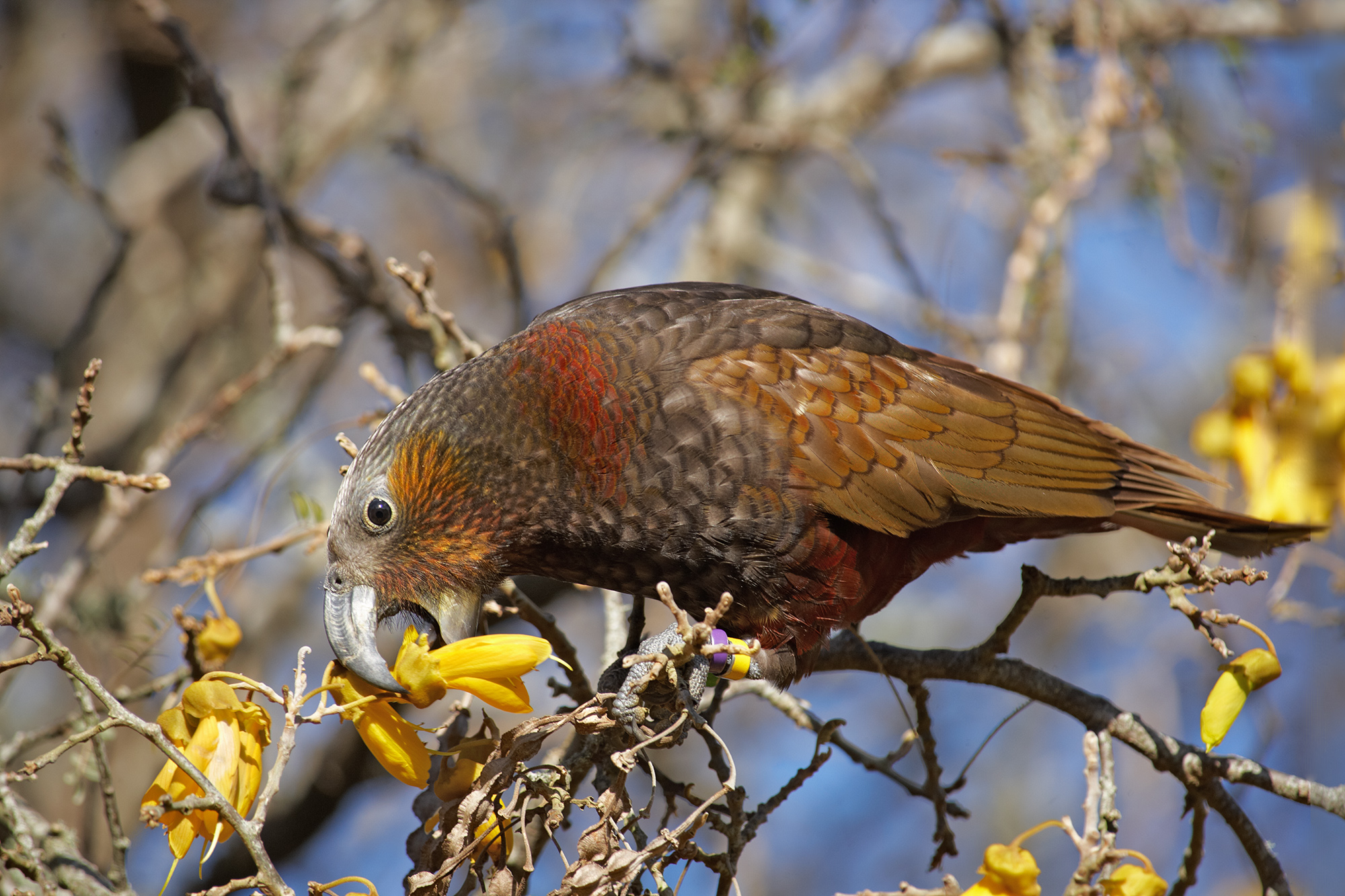
Kaka
Kaka are large, loud parrots found in forests. They tear the bark from native trees, searching for wood-boring insects.
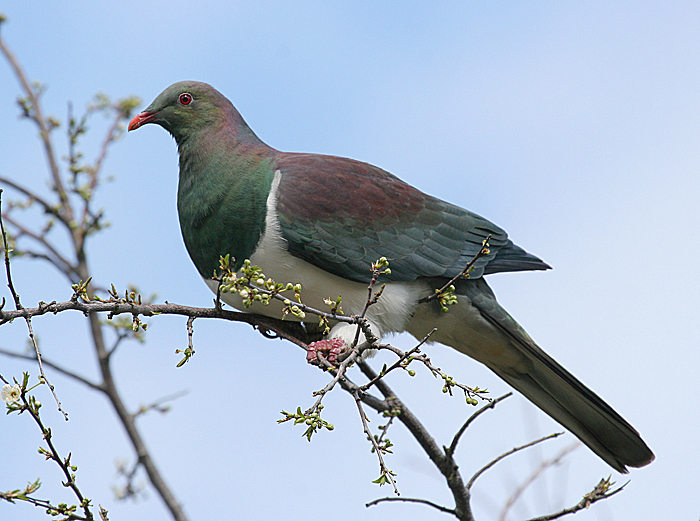
Kereru / New Zealand Pigeon
Much larger than pigeons elsewhere in the world, kereru are relatively widespread in NZ. They have been known to feed on over-ripe fruit and are therefore sometimes seen slightly tipsy!
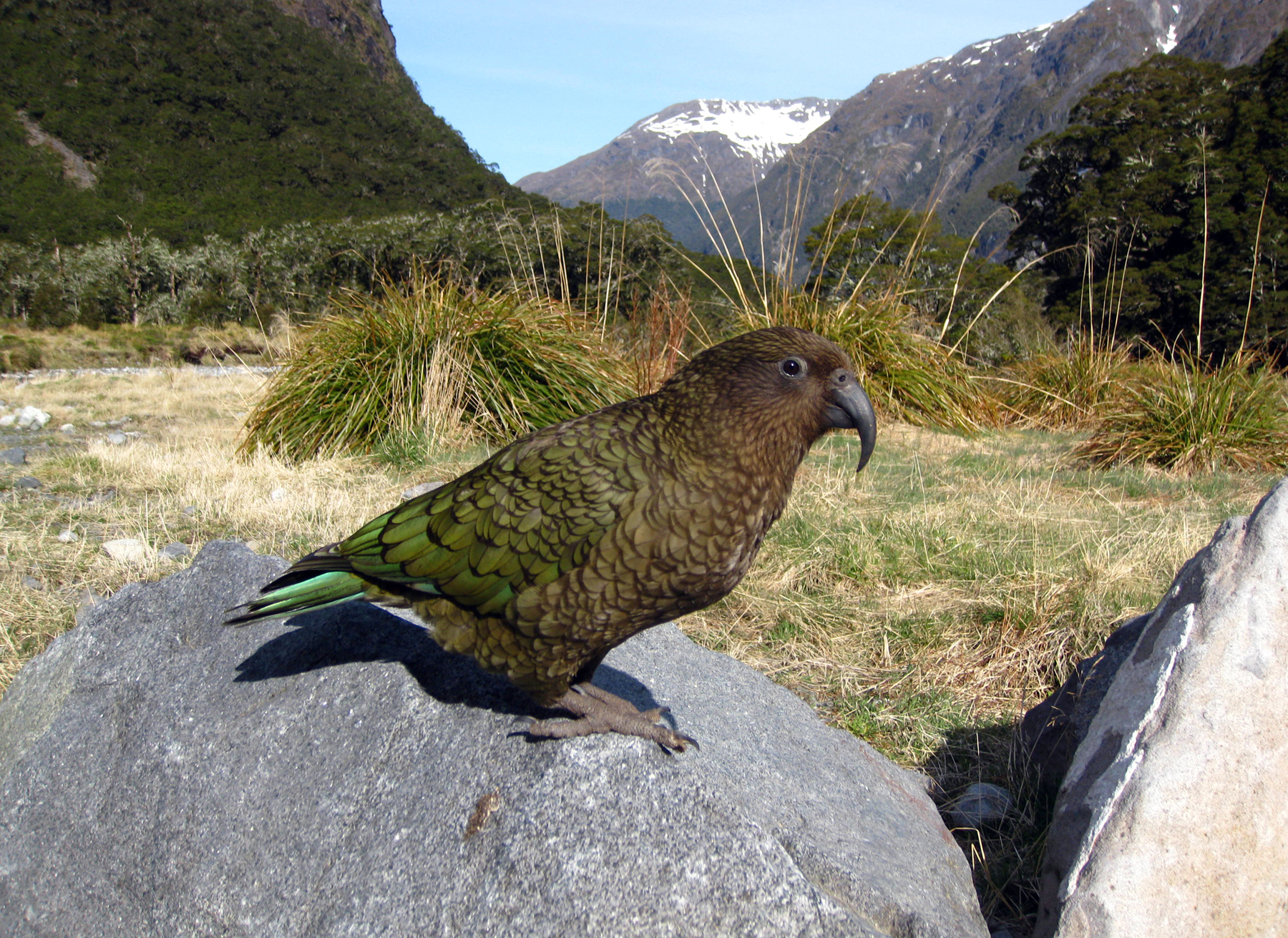
Kea
The world's only alpine parrot, kea are nationally endangered. They are small and green with a striking orange underwing. If you go hiking in alpine areas in NZ, these clever birds might just find a way into your tent or car!
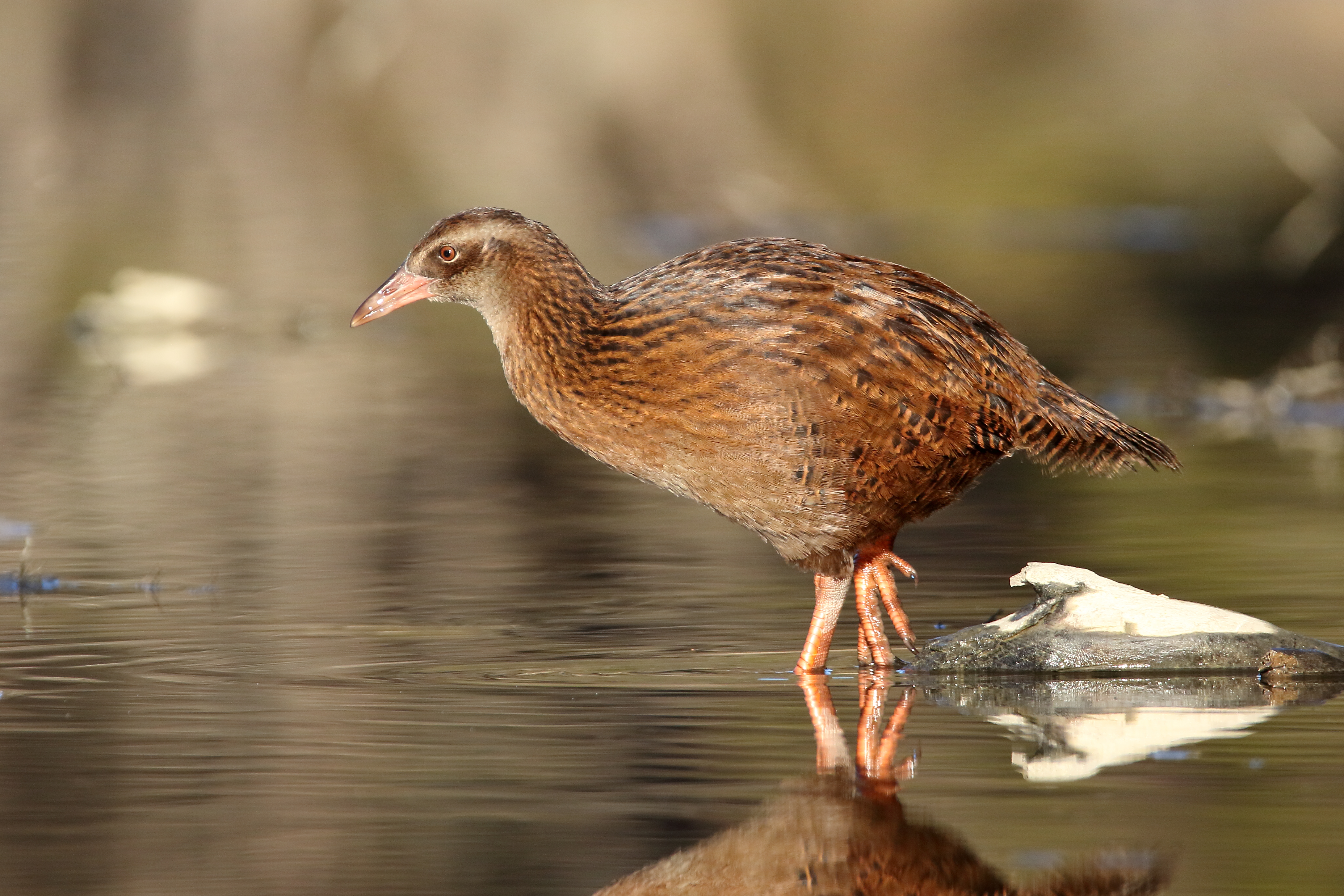
Weka
One of NZ's large flightless birds, weka are very curious birds and often interact with humans entering their habitat. They are found in a range of habitats including wetland and forests.
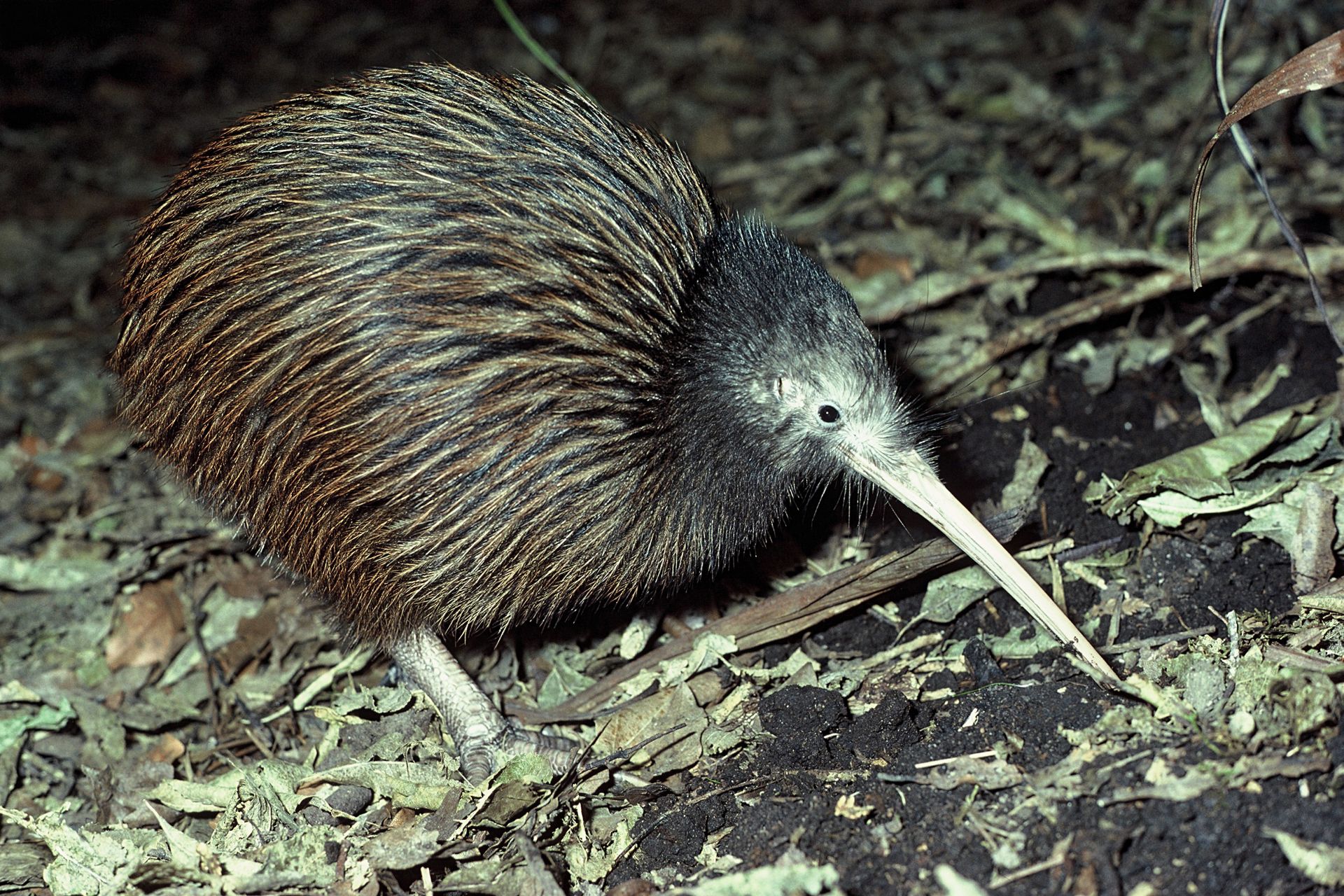
Kiwi
New Zealand's iconic native bird, the most common subspecies being the North Island Brown Kiwi. These unusual birds are nocturnal, flightless and lay very large eggs.
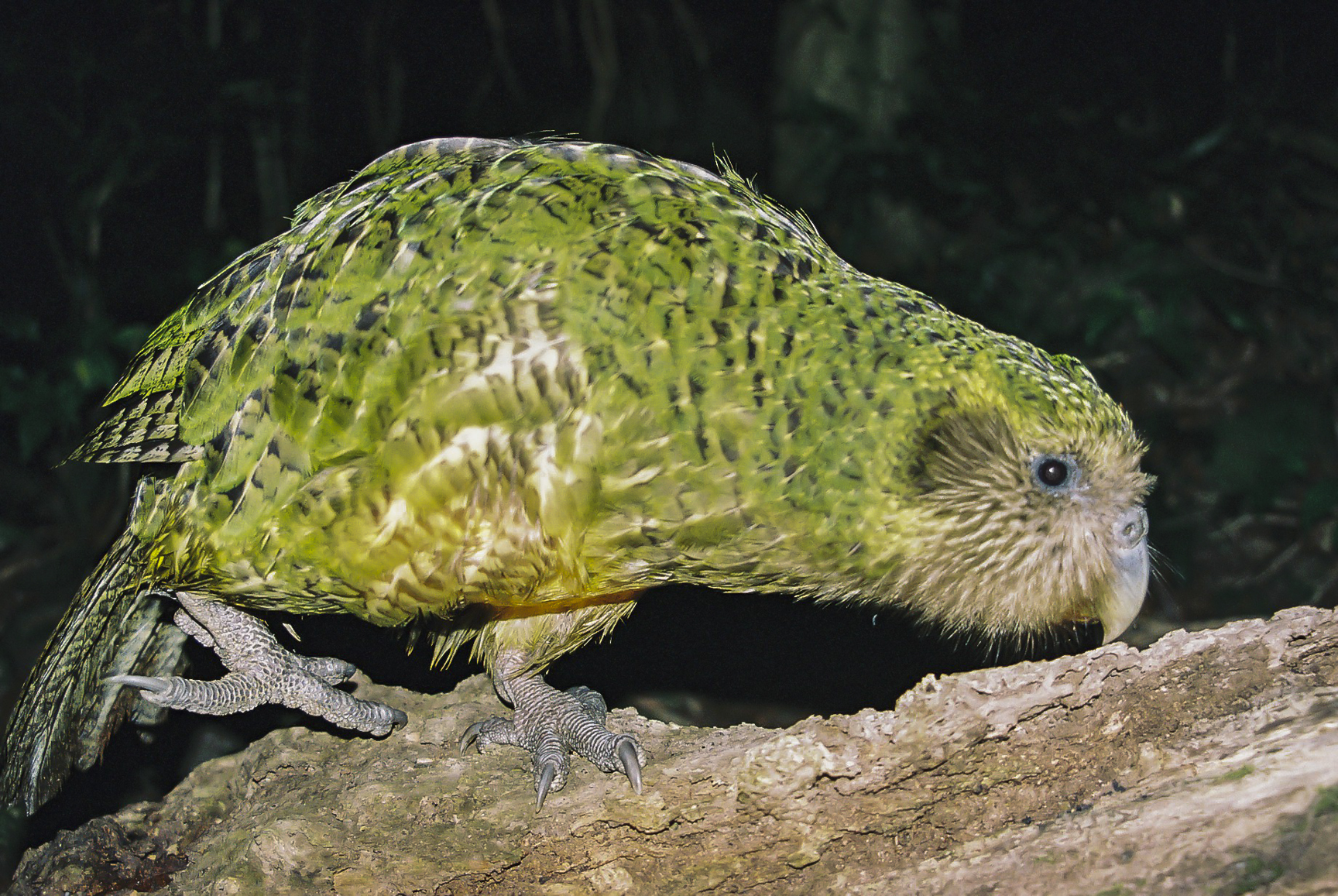
Kakapo
An enormous, nocturnal, flightless parrot, the kakapo is critically endangered (see the Conservation page). They have a very low, loud, booming call.
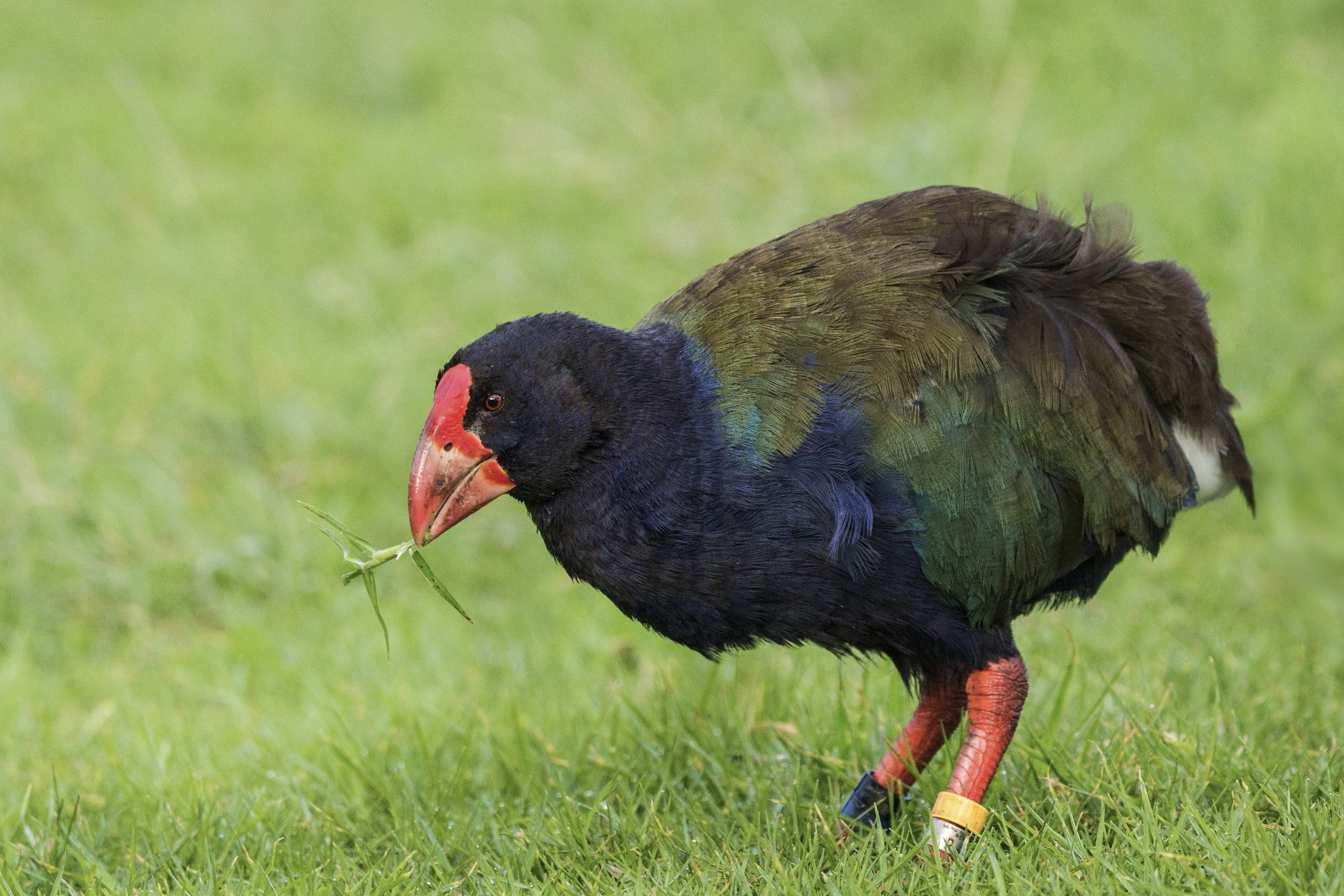
Takahe
Once thought extinct, the takahe is the largest living species of rail (a type of bird) in the world. They have undergone an incredible recovery - see the Conservation page.